LEARN SPENT OUTPUT PROFIT RATIO INDEX IN 3 MINUTES BLOCKCHAIN 101
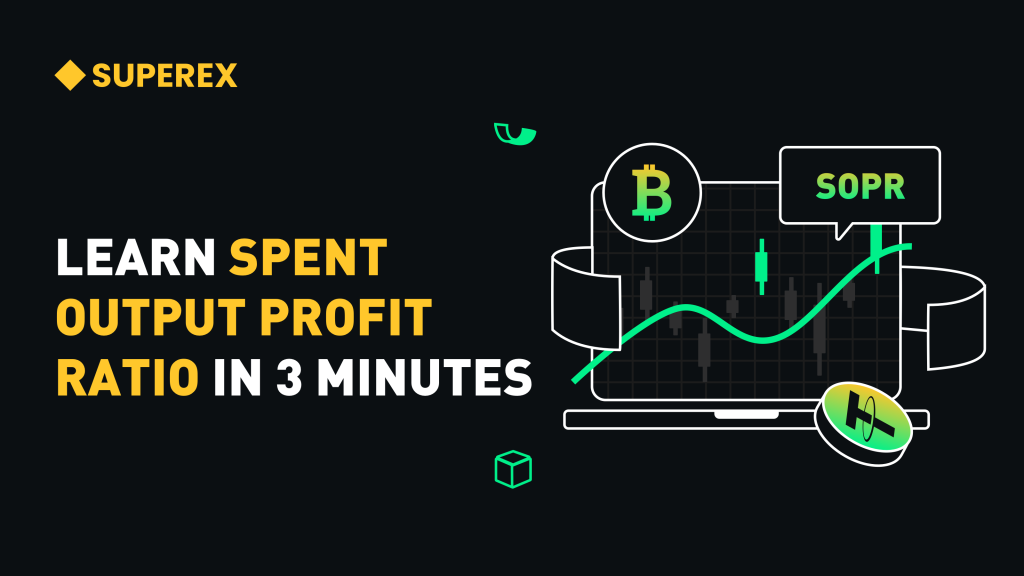
SOPR (Spent Output Profit Ratio) is an on-chain analysis indicator proposed by Glassnode, designed to measure the average profit or loss of Bitcoin transactions in the market.
It calculates the profitability of all spent outputs, indicating whether market participants are selling Bitcoin at a profit or a loss.
SOPR Calculation Formula: SOPR=Spent Output Value/Created Output Value
Among Them:
- Spent Output Value: The USD value of the spent Bitcoin.
- Created Output Value: The USD value of the Bitcoin when it was created.
- If SOPR > 1, it means the market is on average in profit.
- If SOPR < 1, it means the market is on average at a loss.
- If SOPR = 1, it means the market is at breakeven.
- Click to register SuperEx
- Click to download the SuperEx APP
- Click to enter SuperEx CMC
- Click to enter SuperEx DAO Academy — Space
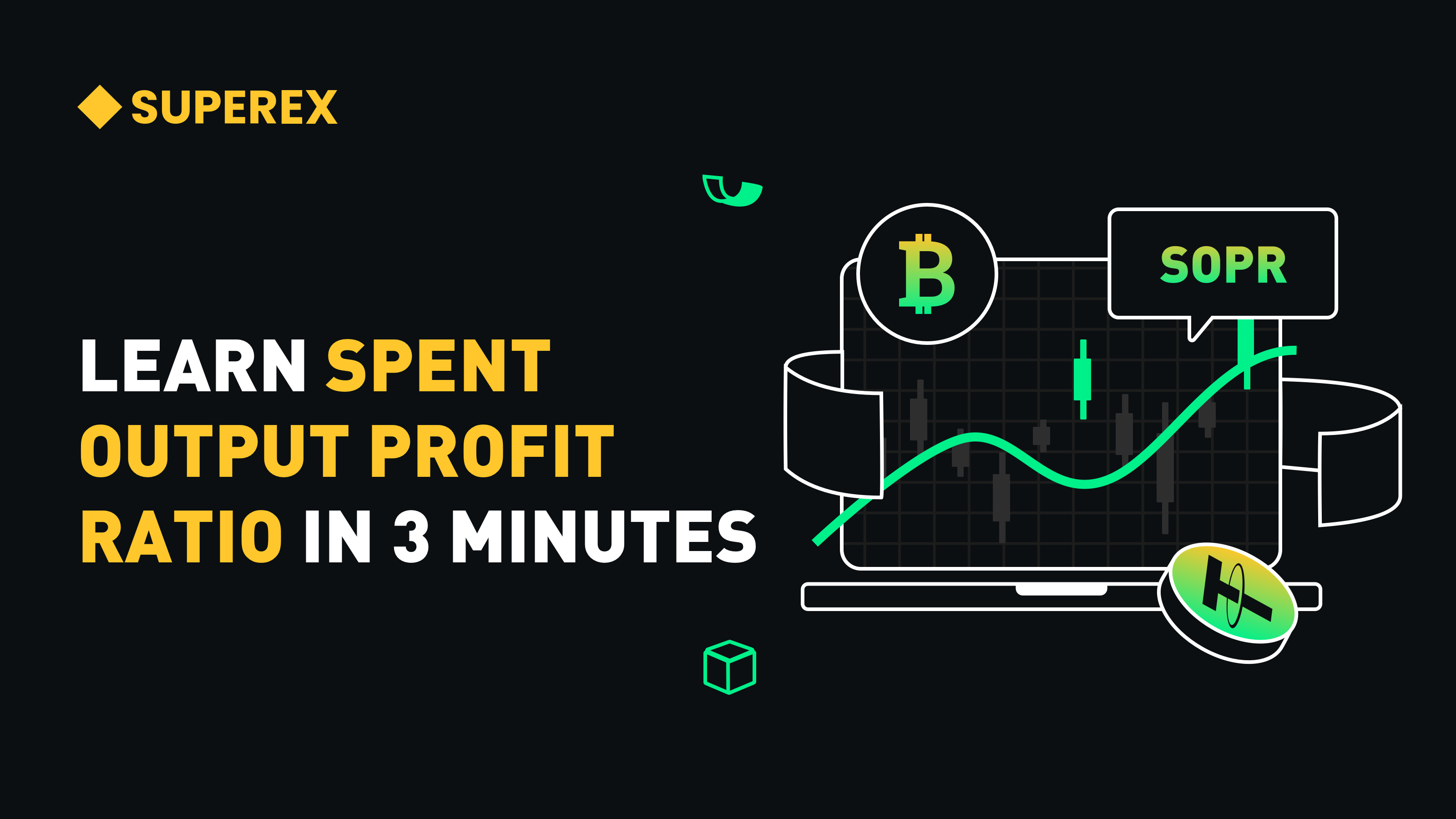
How to Interpret SOPR?
SOPR can be used to assess market sentiment and trends. Below are some common analytical approaches:
(1) SOPR > 1: The Market is in a Profitable State
When SOPR remains above 1, it indicates that most investors are selling Bitcoin at a profit, reflecting optimistic market sentiment. This scenario is commonly observed in bull markets, where prices may continue to rise.
(2) SOPR < 1: The Market is in a Loss State
If SOPR falls below 1, it means that Bitcoin holders are selling at a loss, signaling low market confidence. This is a typical characteristic of bear markets or market correction phases.
(3) SOPR = 1: Breakeven Point
When SOPR hovers around 1, it suggests that the market is at breakeven, where investors are neither making profits nor incurring losses. This often indicates a critical turning point, where prices may either break upward or continue declining.
How to Use SOPR for Trading?
(1) Identifying Buying Opportunities
When SOPR < 1 and gradually rises back above 1, it indicates that selling pressure is decreasing and a price rebound may be imminent. At this stage, traders should watch for signs of market stabilization and look for low-entry buying opportunities.
(2) Determining Sell Signals
If SOPR remains at a high level (well above 1) for an extended period but then starts to decline, it suggests that profit-taking is underway, which could lead to a price correction. In this case, investors may consider gradually selling their holdings to avoid potential market pullbacks.
(3) Combining SOPR with Other Indicators
Using SOPR alone may have limitations, so it is recommended to combine it with other on-chain indicators (such as MVRV, NUPL) and technical analysis tools (such as RSI, MA) for a more comprehensive market assessment, improving trading accuracy.
To better understand the practical application of SOPR, let’s look at two trading scenarios.
Case 1: Using SOPR in a Bull Market
Suppose BTC price rises from $80,000 to $90,000, and SOPR remains above 1.2. This indicates that the market is in a profitable state, and investors are selling at higher prices. However, since this does not trigger a large-scale correction, it suggests that the uptrend remains strong.
In this scenario, as long as SOPR stays at a high level, holding onto assets may be the best strategy. The optimal selling point would be when SOPR starts to decline and approaches 1, signaling that profit-taking may increase, leading to a market correction.
Case 2: Using SOPR in a Bear Market
Suppose BTC price drops from $90,000 to $80,000, and SOPR falls below 1 and continues declining. This suggests that most traders are selling at a loss, leading to weak market sentiment and ongoing downward pressure.
If SOPR starts to gradually recover and eventually breaks above 1, this could indicate a potential market recovery. At this stage, it may be an opportunity to re-enter the market and open long positions, anticipating a reversal in trend.
Limitations of SOPR
While SOPR is a powerful indicator of market sentiment, it also has certain limitations:
-
Data Lag:
- SOPR is calculated based on spent UTXOs (Unspent Transaction Outputs), meaning it reflects past market behavior rather than real-time conditions.
-
Short-Term Volatility:
- Due to market sentiment fluctuations, SOPR can experience sharp increases or decreases over short periods, potentially generating misleading signals.
-
Market Manipulation Risks:
- Large holders (whales) may exploit the SOPR metric by strategically selling or accumulating Bitcoin within certain price ranges, thereby influencing SOPR trends to manipulate market sentiment.
To mitigate these limitations, investors should combine SOPR with other on-chain indicators and technical analysis tools for a more accurate market assessment.
Combining SOPR with Other On-Chain Indicators
Using SOPR in conjunction with other on-chain metrics can provide a more comprehensive market analysis. Some key indicators that complement SOPR include:
-
MVRV (Market Value to Realized Value Ratio):
- When combined with MVRV, investors can assess whether the market is in a bubble by comparing the current market valuation to the realized value of Bitcoin holdings.
-
NUPL (Net Unrealized Profit/Loss):
- SOPR and NUPL together help analyze the profitability of long-term holders. If both indicators show high profits, it may signal an overheated market.
-
Exchange Netflow (Net Inflow/Outflow of BTC to Exchanges):
- If SOPR indicates that the market is in profit, but BTC net inflow to exchanges increases, it may suggest that investors are preparing to sell, potentially leading to a market correction.
By combining these indicators, traders can gain deeper insights into market trends, making more informed investment decisions based on a broader range of on-chain data.
Conclusion
As an on-chain data indicator, SOPR helps investors analyze market sentiment and trends, providing valuable buy and sell signals. By understanding the core logic of SOPR and combining it with other analytical tools, you can better navigate trading opportunities in the crypto market.
If you want to learn more on-chain analysis techniques, follow SuperEx Academy to get the latest market insights and in-depth technical indicator analysis!




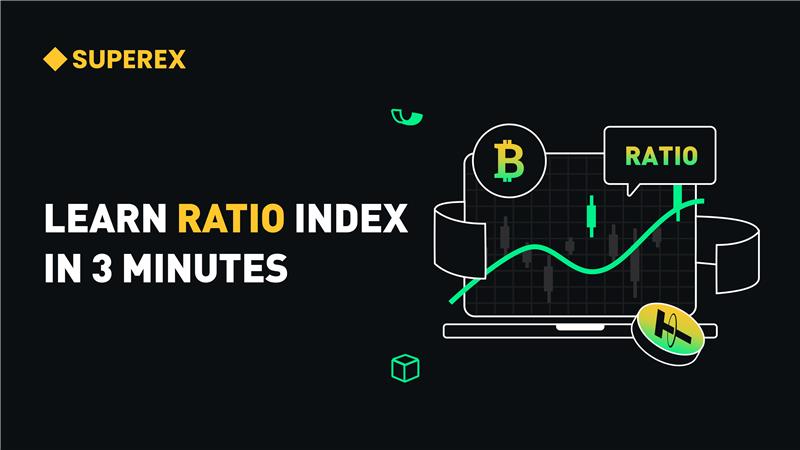
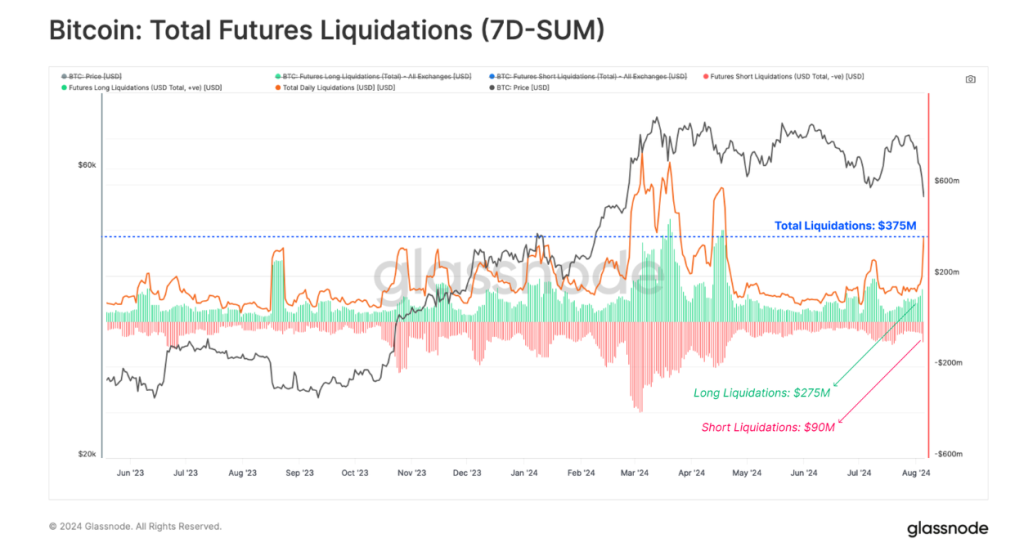
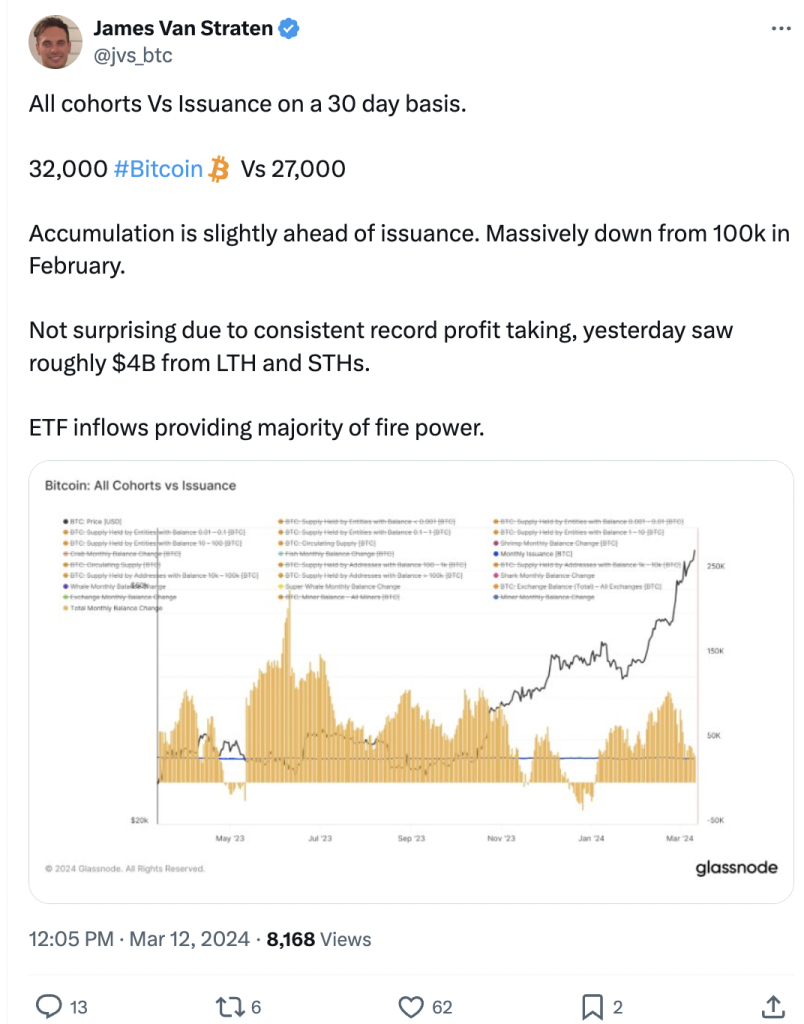
Responses